how to prepare for a wedding photoshoot

Planning and preparing for a wedding photoshoot is crucial to ensure that you capture the special moments and emotions of the couple's big day. As a photographer, your role goes beyond simply clicking the shutter button. It involves understanding the importance of wedding photography, setting goals and expectations, effective communication with the couple, mastering the technical aspects, and delivering a final product that exceeds their expectations. In this article, we will guide you through the process of preparing for a wedding photoshoot, providing you with valuable tips and insights to enhance your skills and capture unforgettable moments.
Introduction
Wedding photography holds immense significance as it allows couples to cherish their special day for years to come. As a photographer, your role is to capture not only the beauty and aesthetics of the event but also the genuine emotions and intimate connections between the couple, their families, and friends. To prepare for a wedding photoshoot effectively, it's essential to understand the unique challenges and requirements of this genre of photography.
Understanding the Importance of Wedding Photography
Wedding photography is not just about taking pretty pictures; it's about documenting one of the most significant milestones in a couple's life. The photographs serve as lifelong memories, allowing them to relive the joy, love, and emotions of their wedding day. Recognizing the importance of this responsibility will drive you to deliver exceptional results.
Setting Goals and Expectations
Before diving into the wedding photoshoot, it's crucial to set clear goals and expectations. This involves discussing the client's vision for their wedding album and determining the key moments and shots they desire.
Before the shoot, ensure you've communicated everything clearly with your couple — this can be achieved via email, phone calls, or ideally, with a client questionnaire template.
By aligning your understanding with the couple's expectations, you can tailor your approach accordingly. Schedule a pre-shoot consultation to gather insights into their preferences, personalities, and any specific ideas they may have.
3.1 Discussing the Client's Vision
During the consultation, engage in a conversation that allows the couple to express their vision for their wedding photographs. Ask questions about their style preferences, desired locations, and any unique elements they want to incorporate. Taking note of these details will help you customize your approach and deliver personalized results.
3.2 Determining Key Moments and Shots
While every wedding is unique, there are certain key moments and shots that are commonly desired by couples. These include the exchange of vows, the first kiss, the first dance, and candid moments of joy and celebration. Discuss with the couple to identify these moments and plan your coverage accordingly.
Planning and Preparation
Effective planning and preparation are essential for a successful wedding photoshoot. This involves familiarizing yourself with the venue, creating a shot list, and ensuring you have the necessary equipment and backup options.
4.1 Scout the Venue
Before the wedding day, visit the venue to get a sense of the lighting conditions, available spaces, and potential backdrops for your shots. Familiarize yourself with the layout and identify areas that may offer unique photo opportunities. This will allow you to plan your shots and make the most of the venue's features.
4.2 Create a Shot List
A shot list serves as a guide to ensure you capture all the important moments and details. Collaborate with the couple to create a comprehensive shot list that includes family portraits, couple portraits, and key moments throughout the day. Having a shot list will keep you organized and ensure you don't miss any crucial shots.
4.3 Prepare Backup Equipment
Weddings are high-pressure events, and technical issues can occur unexpectedly. To avoid potential disasters, make sure you have backup equipment readily available. This includes extra camera bodies, lenses, batteries, memory cards, and lighting equipment. Having backup options will give you peace of mind and allow you to handle any unforeseen circumstances.
Communicating with the Couple
Building a strong rapport with the couple is essential for creating a comfortable and relaxed atmosphere during the photoshoot. Effective communication will help you understand their preferences, build trust, and ensure that they feel at ease in front of the camera.
5.1 Conduct Pre-Shoot Consultation
Before the wedding day, schedule a pre-shoot consultation with the couple. This meeting provides an opportunity to get to know them better, understand their story, and establish a connection. It's also a chance for you to communicate your approach, share your portfolio, and address any concerns or questions they may have.
5.2 Build Rapport and Trust
During the consultation and throughout the wedding day, focus on building a strong rapport with the couple. Interact with them in a friendly and approachable manner, making them feel comfortable and relaxed. By establishing trust, they will be more open and natural in front of the camera, resulting in authentic and heartfelt photographs.
Gear and Equipment
Choosing the right gear and equipment is crucial for capturing high-quality wedding photographs. While the specific requirements may vary based on your style and preferences, there are essential items that every wedding photographer should consider.
6.1 Choosing the Right Camera and Lenses
Investing in a high-quality camera body and lenses is essential for achieving sharpness, detail, and excellent low-light performance. Full-frame DSLRs or mirrorless cameras are popular choices among wedding photographers. Pair your camera body with a versatile lens, such as a 24-70mm or 70-200mm lens, to cover a wide range of focal lengths.
6.2 Essential Accessories
In addition to your camera and lenses, there are essential accessories that can enhance your wedding photoshoot experience. These include:
- External flashes and diffusers for controlled lighting
- Tripod for stability during low-light situations or long exposures
- Memory cards with ample storage capacity
- Extra batteries to keep you powered throughout the day
- Lens cleaning kit to maintain the quality of your equipment
Carefully consider your equipment choices based on your shooting style, venue conditions, and client preferences.
Lighting Techniques
Mastering lighting techniques is crucial for capturing stunning wedding photographs. Whether you're shooting in natural light or utilizing artificial lighting, understanding how to manipulate light will greatly enhance the quality and impact of your images.
7.1 Utilizing Natural Light
Natural light can create beautiful and soft illumination for outdoor or well-lit indoor settings. Pay attention to the direction and quality of light throughout the day and position your subjects accordingly. Utilize techniques such as backlighting or sidelighting to create depth and dimension in your photos.
7.2 Mastering Artificial Lighting
In scenarios where natural light is limited or insufficient, mastering artificial lighting is essential. Off-camera flash or continuous lighting can provide control and fill light in dimly lit venues or during nighttime events. Experiment with different lighting setups, such as bounce flash or diffused lighting, to achieve a natural and flattering look.
Posing and Directing
Guiding the couple and their guests in posing and directing can make a significant difference in the outcome of your wedding photographs. While capturing candid moments is important, offering guidance will help create visually pleasing compositions and showcase the couple's best features.
8.1 Guiding the Couple
During couple portraits and posed shots, provide clear instructions and suggestions to guide the couple. Encourage them to relax, be themselves, and interact naturally. Offer prompts that evoke genuine emotions, such as whispering sweet nothings or sharing a playful moment. By creating a comfortable environment and directing their movements, you can capture authentic and romantic moments.
8.2 Capturing Candid Moments
While posed shots are important, don't overlook the power of candid moments. Be attentive and observant, ready to capture spontaneous interactions, laughter, and emotions between the couple and their loved ones. Candid shots often tell the most genuine and heartfelt stories.
Capturing Details and Emotions
A wedding is a celebration of love and intricate details. Paying attention to both the big picture and the small details will result in a comprehensive and visually appealing wedding album.
9.1 Focus on Decorations and Venue
The couple has put effort into selecting decorations and designing the venue to reflect their style and personality. Capture close-up shots of floral arrangements, table settings, and other decorative elements. These details add depth and context to the overall story of the wedding day.
9.2 Emphasize Emotional Connections
Beyond the physical details, focus on capturing the emotional connections between the couple and their loved ones. Be attentive to intimate moments, joyful expressions, and tears of happiness. These emotional photographs will be cherished by the couple and their families for years to come.
Staying Calm and Adapting
Weddings can be unpredictable, with last-minute changes or unexpected situations. As a photographer, it's crucial to stay calm, adaptto new circumstances, and manage your time effectively.
10.1 Dealing with Unexpected Situations
Prepare yourself mentally and technically to handle unexpected situations that may arise during a wedding photoshoot. This could include sudden weather changes, equipment malfunctions, or schedule delays. Stay flexible and have backup plans in place to ensure you can adapt and still capture beautiful images.
10.2 Managing Time and Schedule
Weddings are typically tightly scheduled events, and it's important to manage your time efficiently. Communicate with the couple, wedding planner, or coordinator to stay updated on the timeline. Plan your shots accordingly and allocate sufficient time for different segments of the day, such as getting ready, the ceremony, reception, and couple portraits.
Post-Processing and Editing
Post-processing and editing are essential steps in delivering a polished and professional final product to the couple. Take the time to sort and select the best images and enhance them using editing software.
11.1 Sorting and Selecting Images
Go through the entire collection of images captured during the wedding and select the best shots. Consider composition, lighting, and the emotions captured in each photograph. It's better to deliver a smaller collection of high-quality images than a larger quantity of average ones.
11.2 Enhancing Photos with Editing Software
Use editing software such as Adobe Lightroom or Photoshop to enhance your selected images. Adjust exposure, color balance, and contrast to achieve a consistent and visually appealing look. Retouch minor imperfections, crop images if necessary, and apply your signature editing style while maintaining a natural appearance.
Delivering the Final Product
Once you have edited and finalized the photographs, it's time to deliver the final product to the couple. Impress them with your professionalism and attention to detail by organizing and packaging the photos thoughtfully.
12.1 Organizing and Packaging Photos
Create an organized folder structure that makes it easy for the couple to navigate through their wedding photographs. Consider categorizing the images into different folders based on key moments or segments of the day. Additionally, provide a backup copy of the images to ensure their long-term preservation.
12.2 Providing Online Galleries and Albums
In the digital age, many couples appreciate having an online gallery or album to share with their friends and family. Utilize platforms such as Pixieset or SmugMug to create a user-friendly online gallery where the couple can view and download their images. Offer options for ordering prints or creating custom albums as well.
Building a Professional Portfolio
Building a professional portfolio is essential for showcasing your work and attracting future clients. It's an ongoing process that requires curating your best images and leveraging various platforms to promote your services.
13.1 Showcasing Best Work
Select your best wedding photographs and create a portfolio that highlights your skills, style, and versatility. Choose a mix of different shots, including couple portraits, candid moments, and details, to demonstrate your ability to capture the essence of a wedding day.
13.2 Leveraging Social Media and Websites
Utilize social media platforms such as Instagram, Facebook, or Pinterest to showcase your work and reach a wider audience. Regularly update your profiles with fresh content and engage with potential clients and industry professionals. Additionally, consider creating a professional website where you can showcase your portfolio, provide information about your services, and feature testimonials from satisfied clients.
Continuous Learning and Improvement
The field of photography is constantly evolving, and there's always room for growth and improvement. Invest in your professional development to stay updated with the latest trends, techniques, and technologies in wedding photography.
14.1 Attend Workshops and Seminars
Participate in workshops, seminars, and photography conferences that focus on wedding photography. These events provide opportunities to learn from industry experts, gain new perspectives, and expand your network. Stay open to learning and experimenting with new techniques to enhance your skills.
14.2 Seek Feedback and Critique
Request feedback and critique from fellow photographers or mentors whose opinion you value. Constructive criticism can help you identify areas for improvement and refine your style. Embrace feedback as a valuable tool for growth.
Conclusion
Preparing for a wedding photoshoot as a photographer involves much more than just having the right equipment. It requires effective communication, meticulous planning, technical expertise, and a keen eye for capturing genuine moments and emotions. By following these guidelines and continuously refining your skills, you can ensure a successful and fulfilling experience for both you and the couple.
FAQs
Q1: How early should I arrive at the wedding venue?
It's recommended to arrive at least 30 minutes to an hour before the scheduled start time. This allows you to familiarize yourself with the venue, set up your equipment, and ensure everything is ready to go.
Q2: How many photos should I deliver to the couple?
The number of photos you deliver may vary depending on the duration of the wedding and your agreed-upon package. It's better to prioritize quality over quantity and deliver a curated collection of the best images captured throughout the day.
Q3: Should I provide both color and black-and-white photos?
Offering a mix of color and black-and-white photos provides variety and allows the couple to choose their preferred aesthetic for different shots. Consider the mood and atmosphere of each image when deciding whether to present it in color or black-and-white.
Q4: How long does it take to edit and deliver the final photos?
The editing and delivery timeline can vary depending on your workload and the complexity of the project. Communicate a realistic timeframe to the couple, keeping in mind the importance of delivering a high-quality final product.
Q5: Can I use the wedding photos for my portfolio or social media?
It's common practice to include wedding photos in your portfolio and share them on social media to showcase your work. However, always obtain permission from the couple before doing so, as they may have specific preferences or privacy concerns.

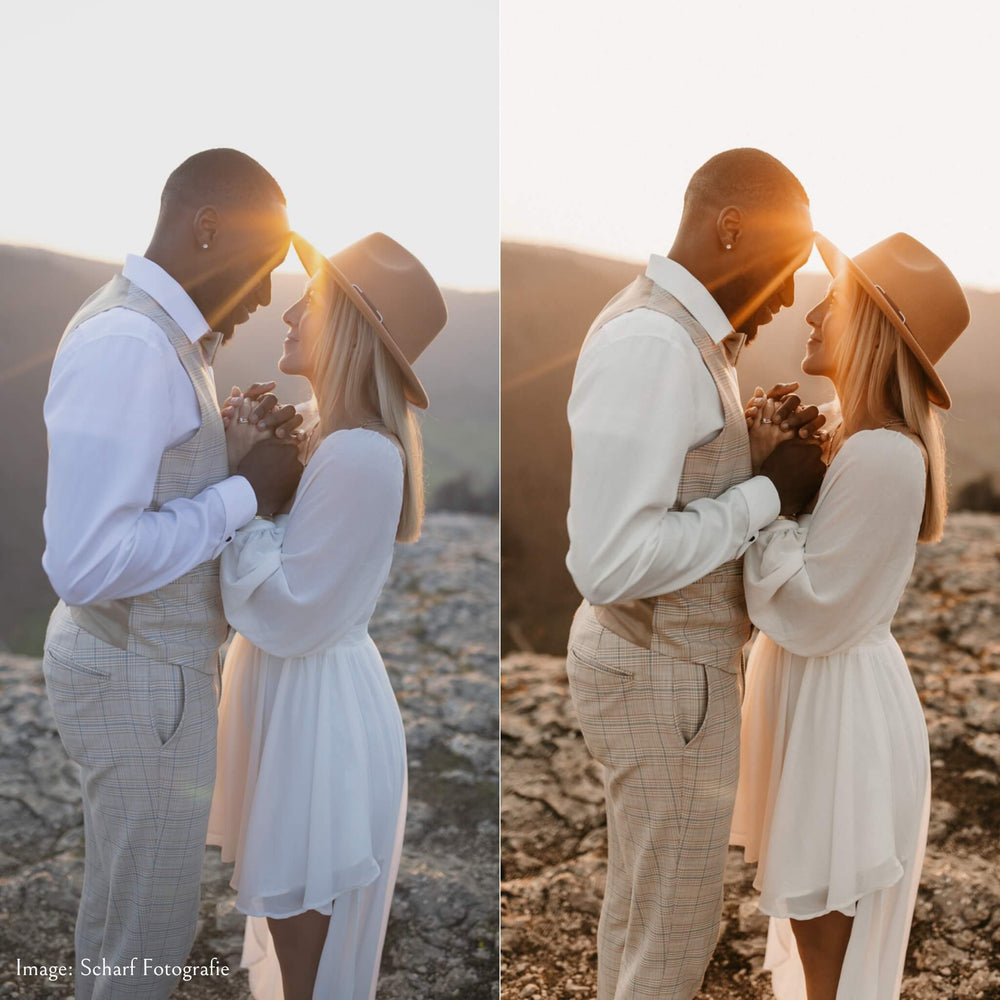

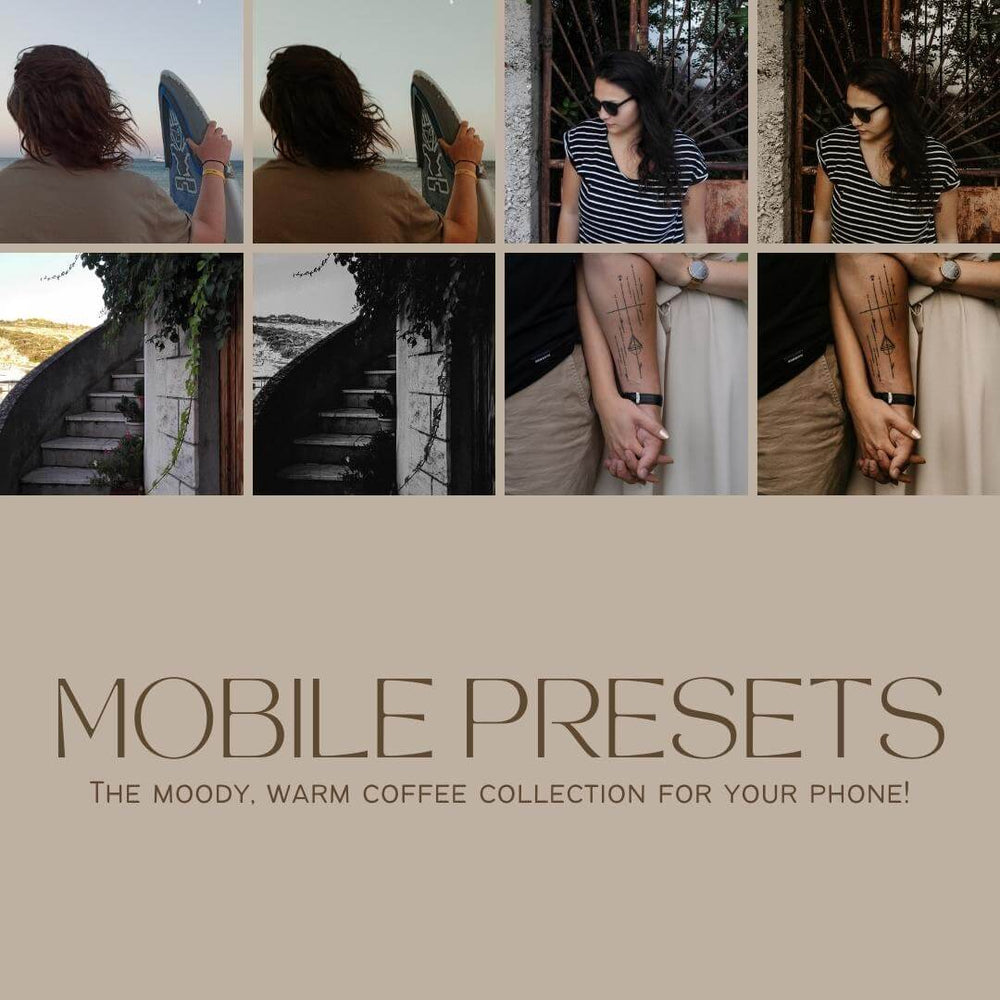

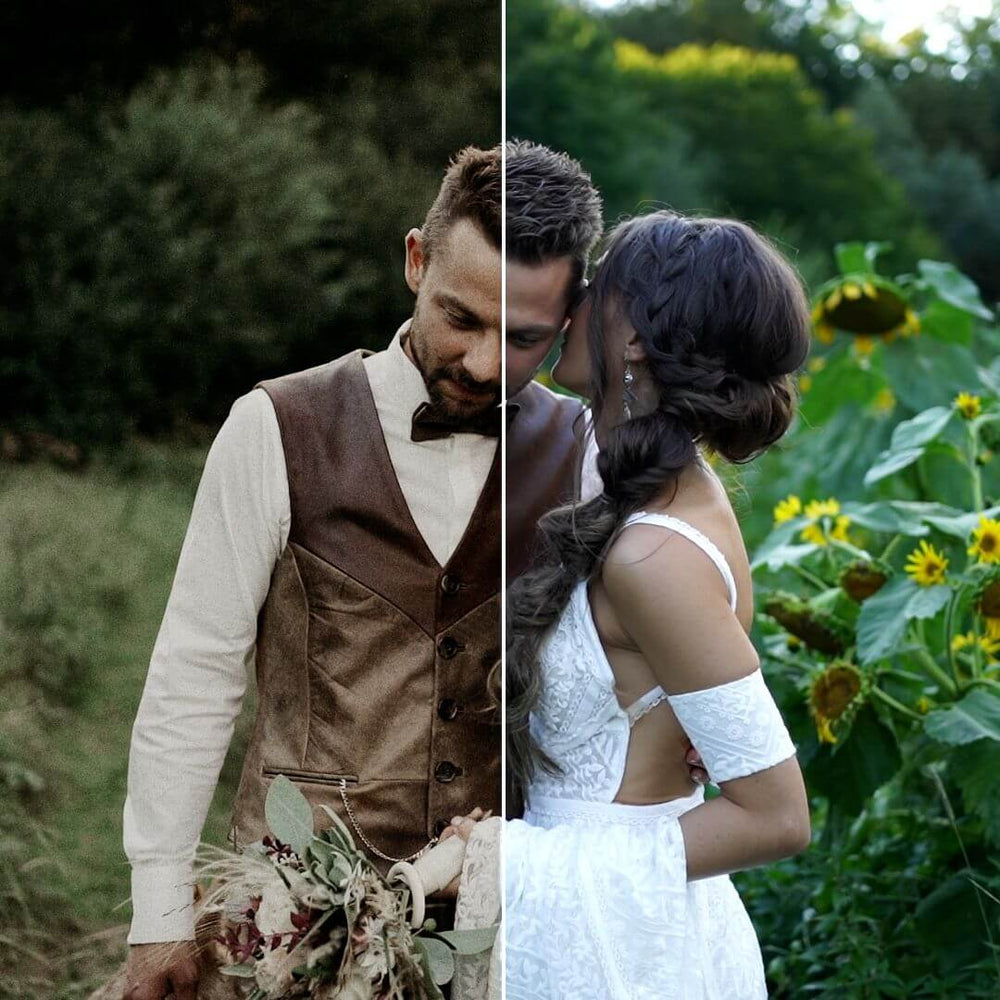

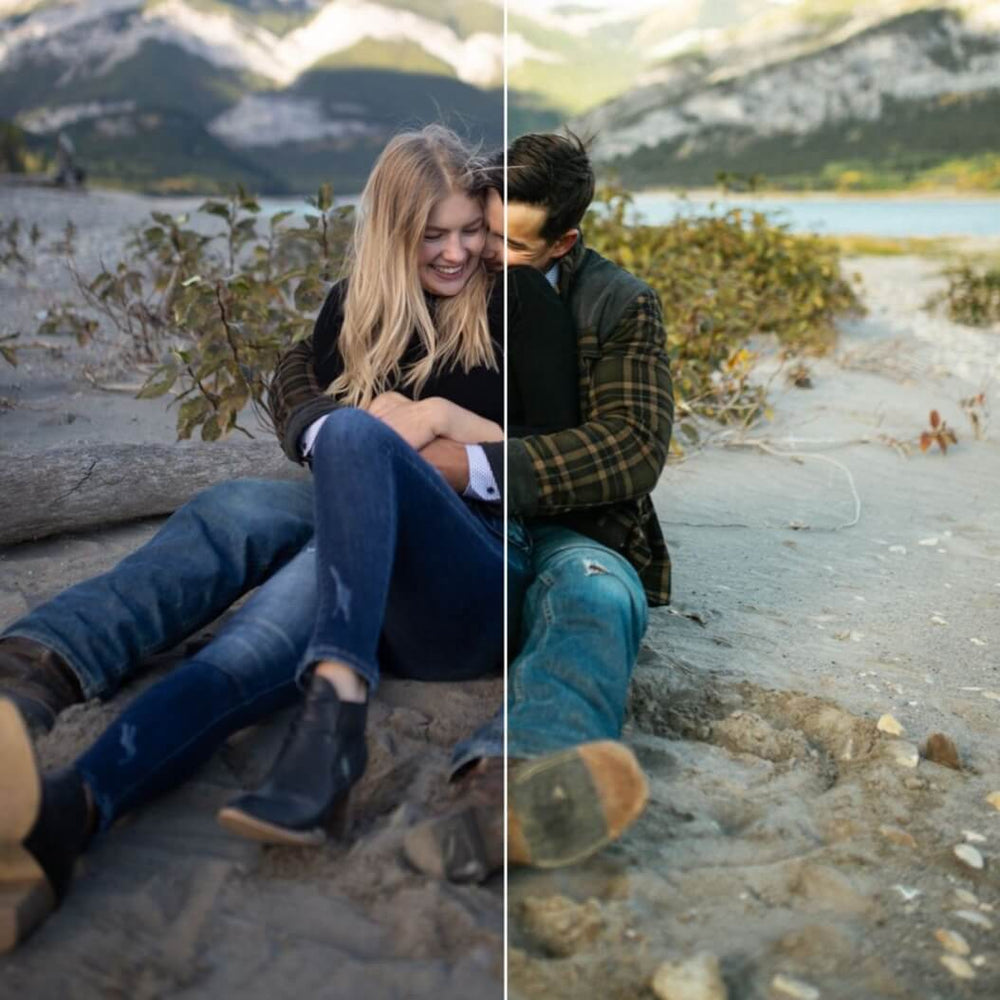

![[NEW] Clean Collection Presets Mobile - bitesandtickles](http://bitesandtickles-shop.com/cdn/shop/products/new-clean-collection-presets-mobile-256234.jpg?v=1685723321&width=1000)



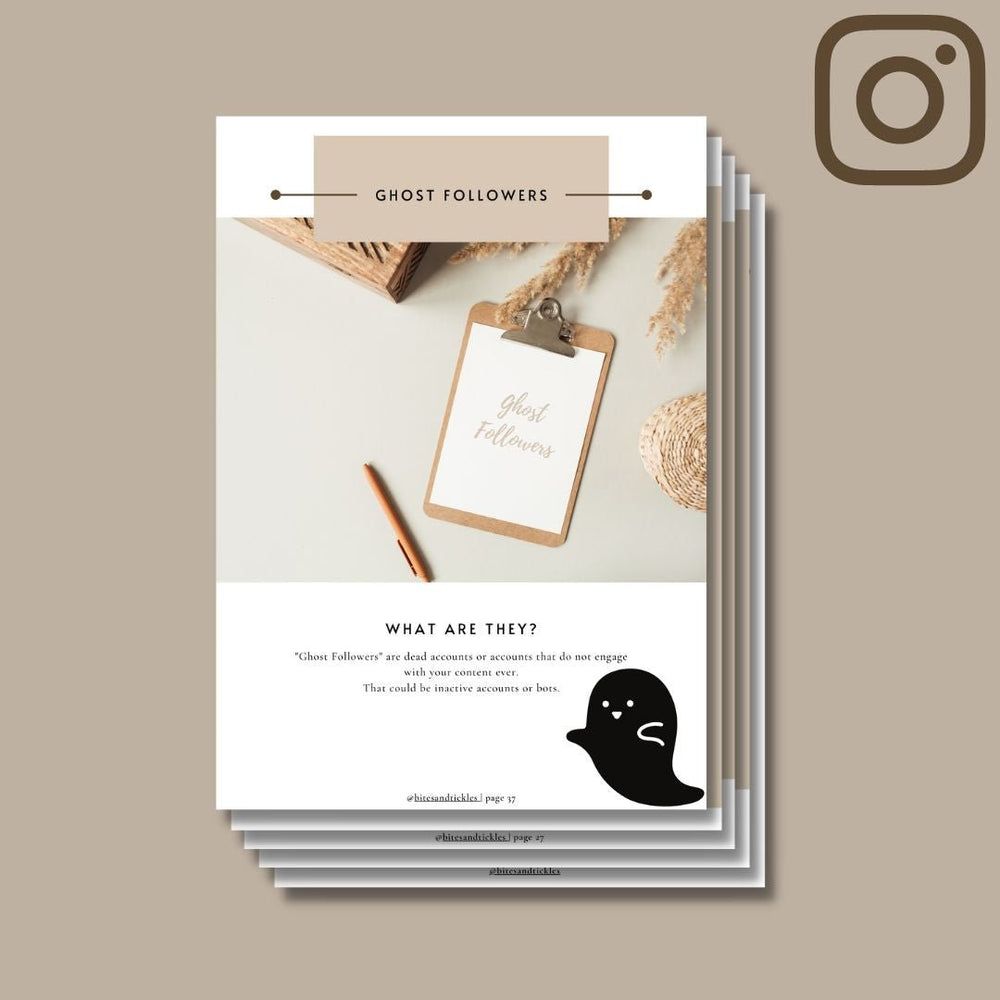

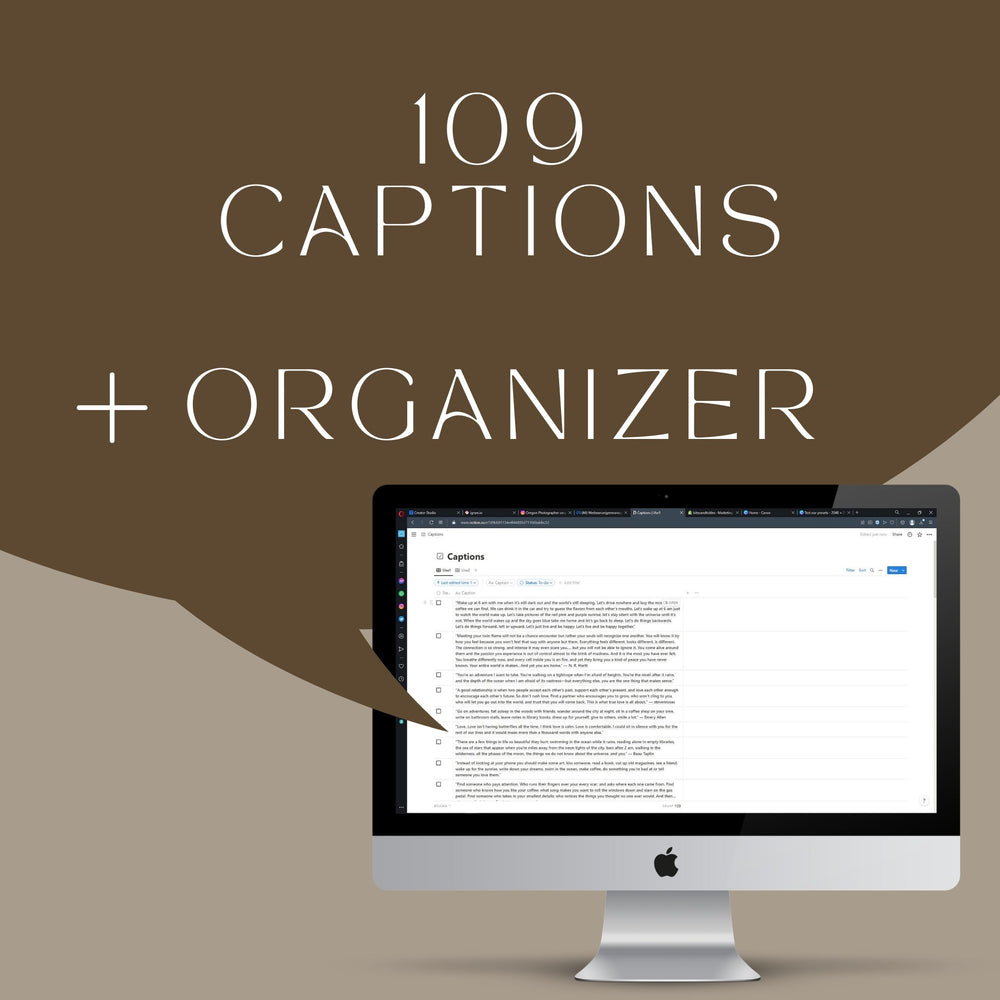
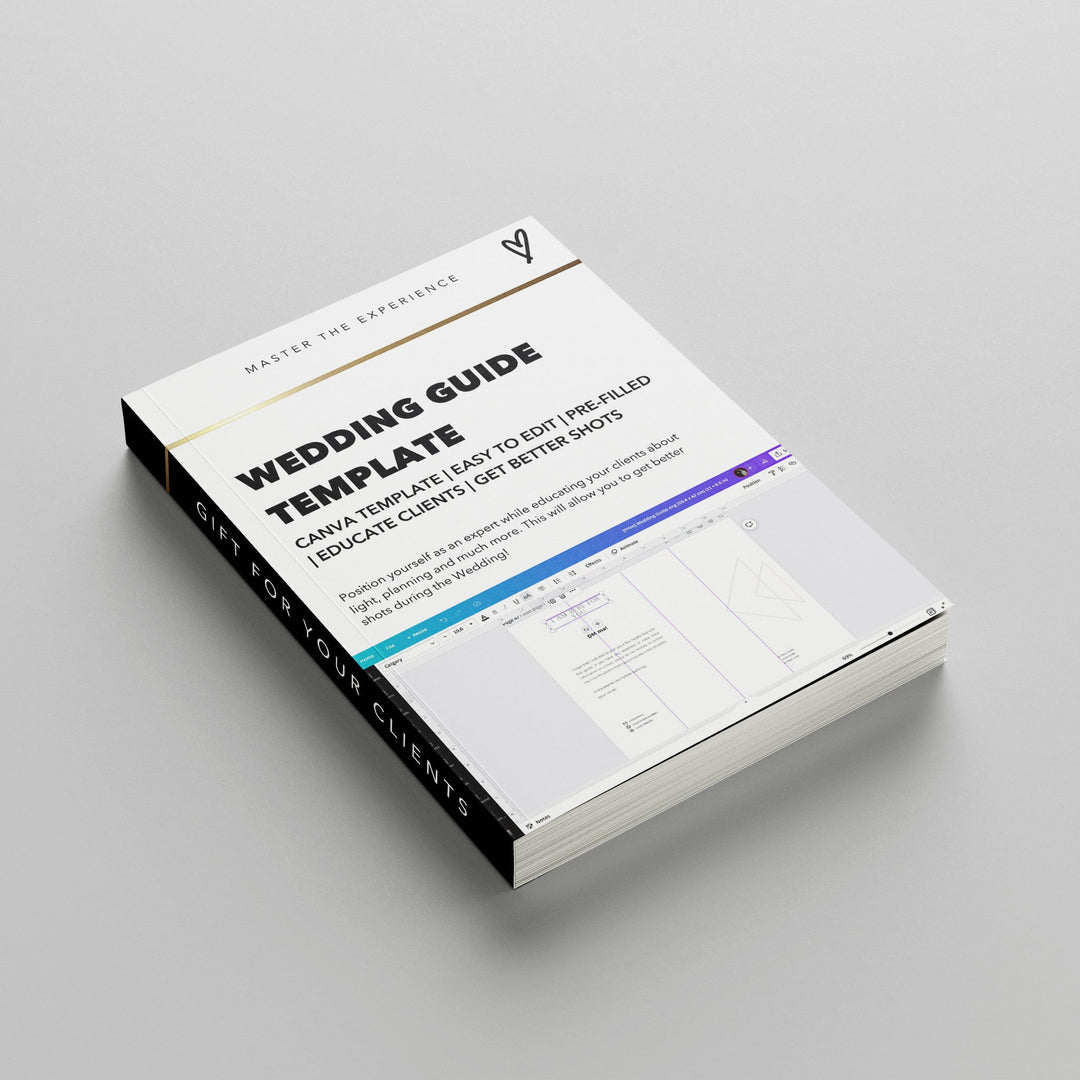
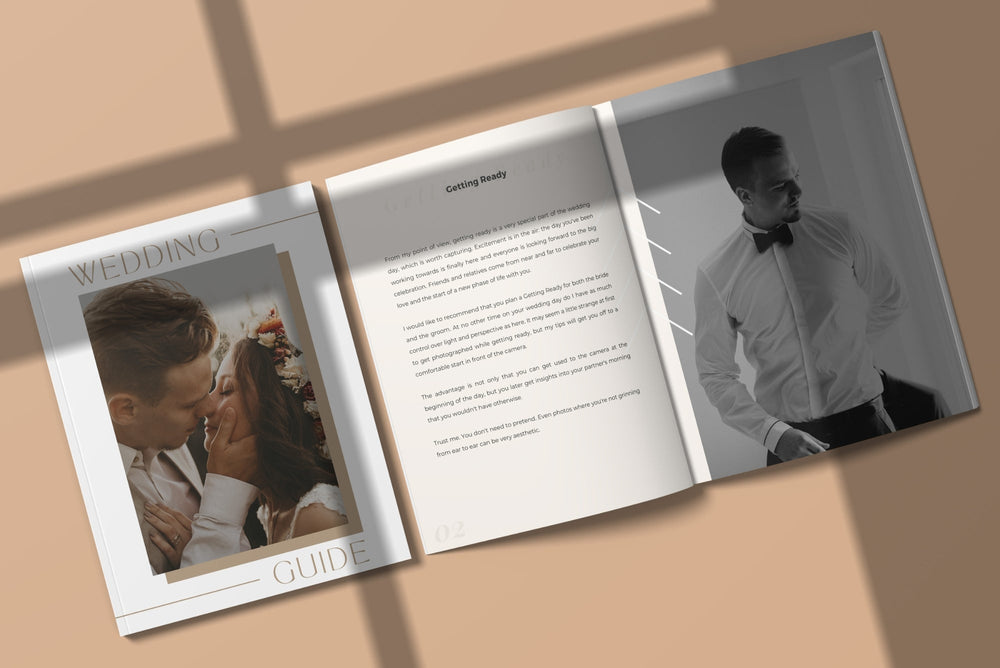




Leave a comment